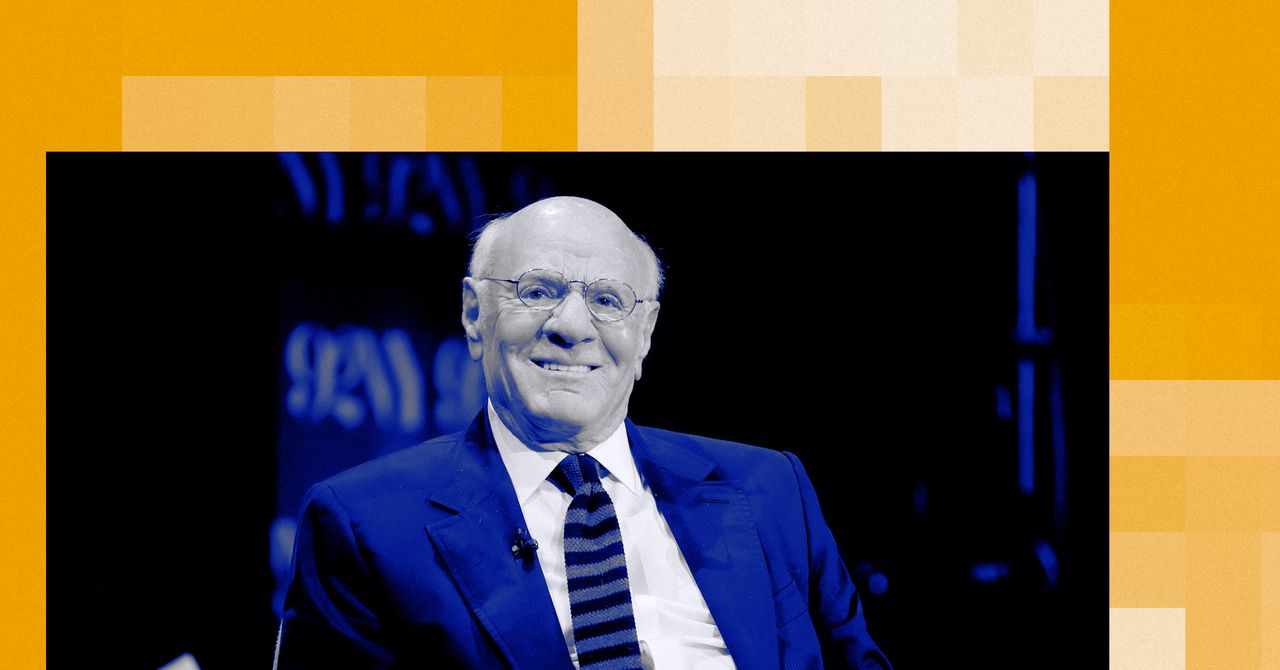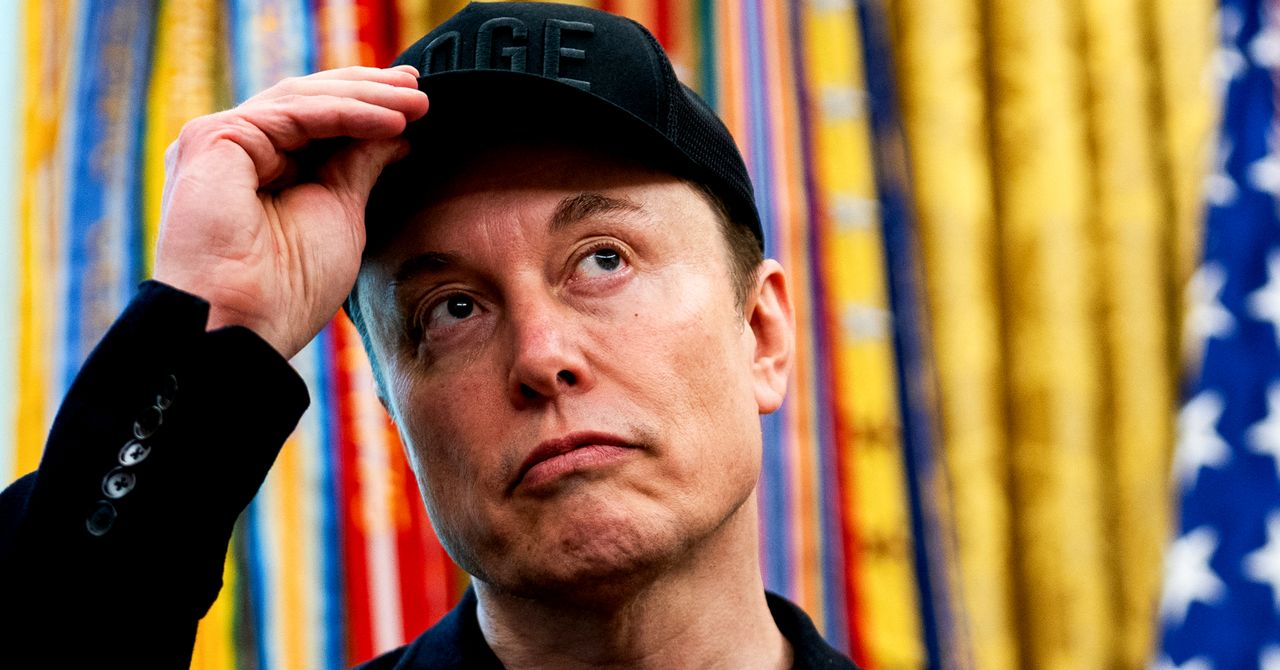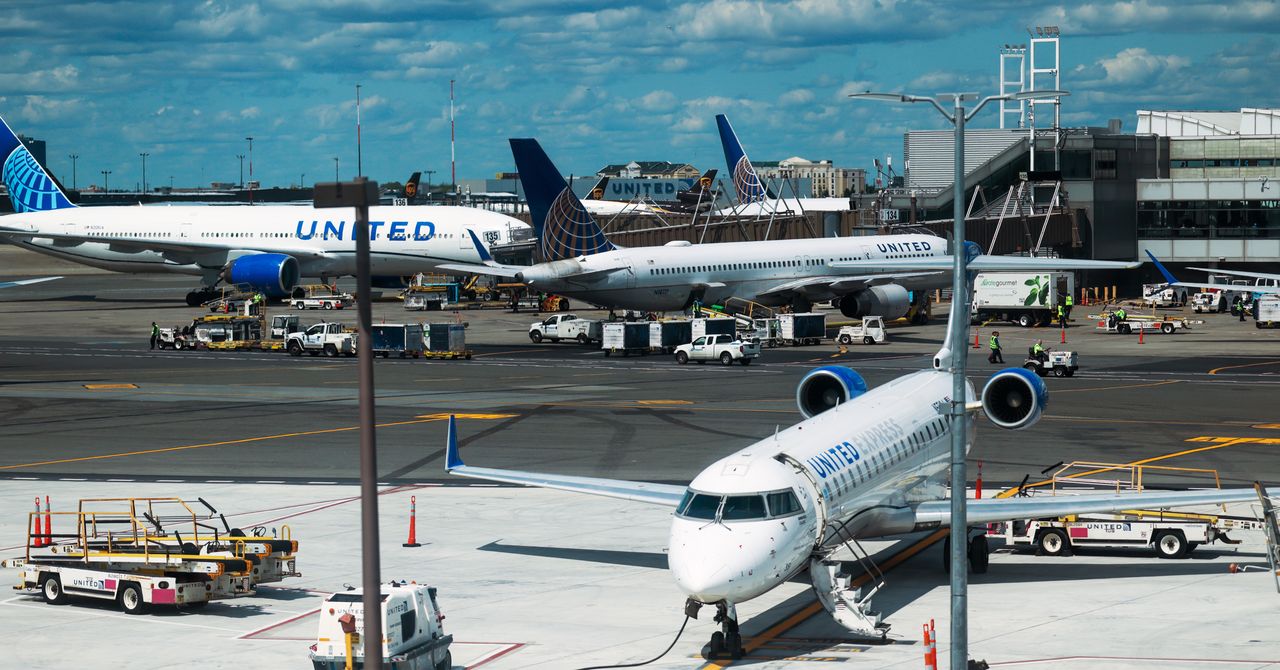On a sunny April afternoon in Seattle, around 40 activists gathered at the Pine Box, a beer and pizza bar in the sometimes scruffy Capitol Hill neighborhood. The group had reserved a side room attached to the outside patio; before remarks began, attendees flowed in and out, enjoying the warm day. Someone set up a sound system. Then the activists settled in, straining their ears as the streamed call crackled through less-than-perfect speakers.
In more than a decade of climate organizing, it was the first time Emily Johnston, one of the group’s leaders, had attended a happy hour to listen to a company’s quarterly earnings call. Also the first time a local TV station showed up to cover such a happy hour. “This whole campaign has been just a magnet for attention,” she says.
The group, officially called the Troublemakers, was rewarded right away. Tesla CEO Elon Musk started the investors’ call for the first quarter of 2025 with a sideways acknowledgement of exactly the work the group had been doing for the past two months. He called out the nationwide backlash to the so-called Department of Government Efficiency, or DOGE, an effort to cut government spending staffed by young tech enthusiasts and Musk company alumni, named—with typical Muskian internet-brained flourish—for an early 2010s meme.
“Now, the protests you’ll see out there, they’re very organized, they’re paid for,” Musk told listeners. For weeks, thousands of people—including the Troublemakers—had camped outside Tesla showrooms, service centers, and charging stations. Musk suggested that not only were they paid for their time, they were only interested in his work because they had once received “wasteful largesse” from the federal government. Musk had presented the theory and sharpened it on his social media platform X for weeks. Now, he argued, the protesters were off the dole—and furious.
Musk offered no proof of his assertions; to a person, every protester who spoke to WIRED insisted that they are not being paid and are exactly what they appear to be: people who are angry at Elon Musk. They call their movement the “Tesla Takedown.”
Before Musk got on the call to speak to investors, Tesla, which arguably kicked off a now multitrillion-dollar effort to transition global autos to electricity, had presented them with one of the company’s worst quarterly financial reports in years. Net income was down 71 percent year over year; revenue fell more than $2 billion short of Wall Street’s expectations.
Now, in Seattle, just the first few minutes of Musk’s remarks left the partygoers, many veterans of the climate movement, giddy. Someone close to the staticky speakers repeated the best parts to the small crowd: “I think starting probably next month, May, my time allocation to DOGE will drop significantly,” Musk said. Under a spinning disco ball, people whooped and clapped. Someone held up a snapshot of Tesla’s stock performance over the past year, a jagged but falling black line.
“If you ever wanted to know that protest matters, here’s your proof,” Johnston recalled weeks later.
The Tesla Takedown, an effort to hit back at Musk and his wealth where it hurts, seems to have appeared at just the right time. Tesla skeptics have argued for years that the company, which has the highest market capitalization of any automaker, is overvalued. They contend that the company’s CEO has been able to distract from flawed fundamentals—an aging vehicle lineup, a Cybertruck sales flop, the much-delayed introduction of self-driving technology—with bluster and showmanship.










